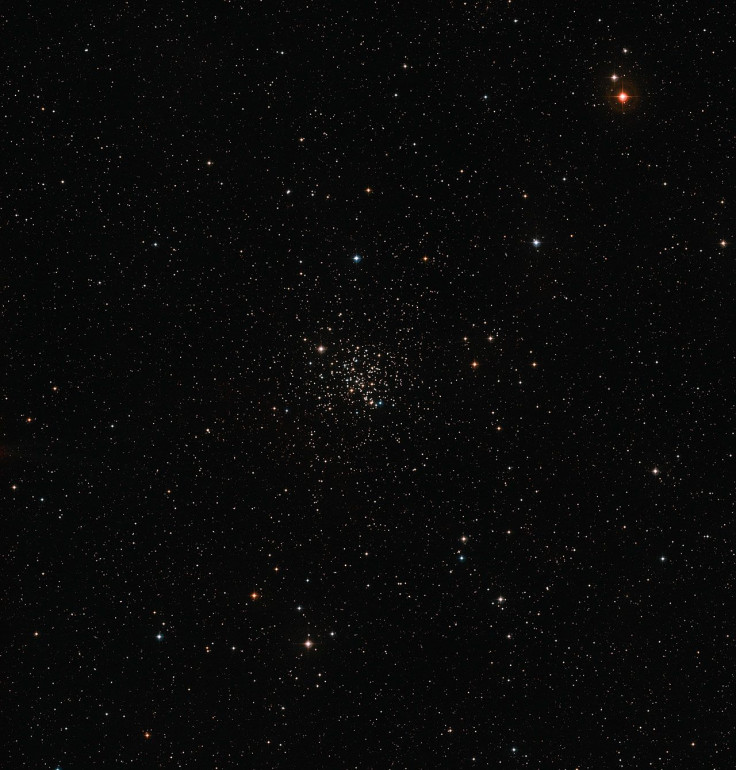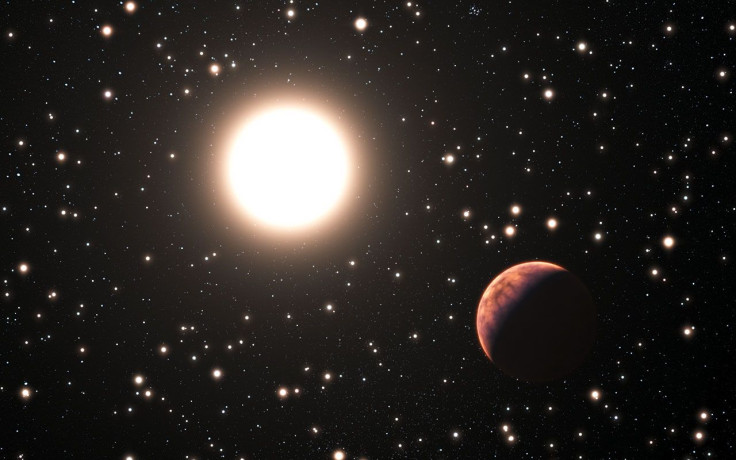First Ever Planets Orbiting Stars In A Star Cluster Discovered, One Planet Orbits A Star Nearly Identical To The Sun
Three planets gave been spotted orbiting stars in the Messier 67 star cluster. This is the first observation of planets orbiting stars in a star cluster and could lead to new insights on planet formation and planetary systems.

Astronomers used the European Southern Observatory’s High Accuracy Radial velocity Planet Searcher, HARPS, at the La Silla Observatory in Chile. Focusing on the star cluster Messier 67, located in the constellation of Cancer, approximately 2,500 light-years away from Earth, researchers picked 88 stars from the cluster and observed them for six years. Star clusters are groups of stars and come in two types; globular clusters feature older stars that are tightly packed together while open clusters feature younger stars. Messier 67 is classified as an open cluster, notes ESO. The researchers chose Messier 67 because the stars are similar to our sun.
The astronomers were looking for the wobble of a host star caused by the gravitational pull of an orbiting planet, known as the radial velocity method. The research was published in the journal Astronomy & Astrophysics and the study was led by Anna Brucalassi, from the Max Planck Institute of Extraterrestrial Physics.
Brucalassi said in a statement, “In the Messier 67 star cluster the stars are all about the same age and composition as the sun. This makes it a perfect laboratory to study how many planets form in such a crowded environment, and whether they form mostly around more massive or less massive stars.”

Of the three planets discovered by astronomers, two orbit “solar twins,” stars that are similar to the sun, and the third planet orbits a red giant star, reports ESO. One of the solar twins, YBP1194, is almost identical to the sun.
Two of the planets are considered “hot Jupiters” due to their size and proximity to their host star. A recent study revealed that gas giants tend to orbit closer to their host star, making Jupiter and Saturn in our solar system the exception rather than the rule as these gas giants orbit farther from the sun than other known gas giants. The third planet is more massive than Jupiter.
The planets orbit their host star in five, seven and 122 days, respectively, reports ESO. Unfortunately these exoplanets are not ideal candidates for life as they orbit too close to the host star and have surface temperatures that are too hot to support liquid water.
Based on the findings, the researchers conclude that exoplanets in star clusters are as common as planets orbiting isolated stars, says co-author Luca Pasquini, from ESO. The lack of planets within star clusters had led astronomers to believe the environment could affect the masses of dust disks, limiting the ability to form new planets.
Researchers will continue to observe Messier 67 to learn more about planet formation within open star clusters. A video detailing the discovery, courtesy of ESO, can be viewed below.
© Copyright IBTimes 2024. All rights reserved.












